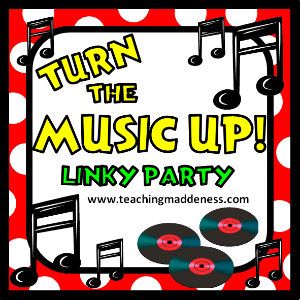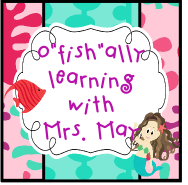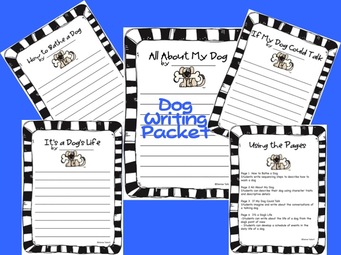You may have already known this rule, but if not you'll probably join me in thinking, "How on earth did I not know this!?"
Here's how this Age +2 rule works:
Take the age of the students in your class and add 2.
What you have now figured out is about how long you will be able to keep your students engaged during instruction. After that point, their little brains will automatically be scheduling a break, whether you're ready for it or not.
Immediately I thought, okay video professor man, so you're telling me that since most of the kids in my class are about 8 or 9, I can keep them engaged for only 10-11 minutes? But what about the other 40 minutes of our math period?
His advice: Make that little break the brain is going to take intentional. Schedule it!
Now, the first thing I thought of are those adorable little brain breaks that I've seen floating around on my fellow teacher blogs. If I understand correctly though, these are quick physical activities to do periodically throughout the day.
What my video professor man was suggesting is more like a processing pause. It's a time where the teacher stops talking and the students think. The students stop simply collecting data (the teacher's words) and engage in reflection. These pauses can be as quick as 2-3 minutes, depending on the activity.
Make sure your processing pause hits one or more of the following working memory processes:
Comprehension- in the brain this consists of sorting, organizing, and labeling recently collected data.
Elaboration- this occurs in the brain when we relate new data to past experiences or known data (long-term memory).
Application- this is where students provide evidence of understanding by using or applying the new information.
Here's what this might look like in a classroom of 3rd graders (remember, I only have about 10 minutes before little brains take a hiatus):
9:00 Math Class Begins:
The teacher introduces common tools for measurement: ruler, yardstick, measuring cup, scale, thermometer, gallon jug, tape measure, balance, etc.
- 9:10 Processing Pause- Have students talk with their neighbor to categorize these tools according to what they think they would be used to measure. Have students share with the whole class.
9:15
The teacher selects one tool and gives more details about how that measurement tool is used. The teacher demonstrates how to use the tool to measure. The teacher might even call a few students up to the front of the class to see if they can mirror her demonstration.
- 9:25 Processing Pause- Have students take out their math journals and quickly write a few sentences about a time when they have used that measuring tool or have seen it used. Have students read their journal response to their neighbor or have a few share with the class.
And the lesson would continue with quick reflective activities interspersed throughout.
What other processing pauses could you use in your class?





















































